| <<Previous Home | To see images full-size, click on the image | Next>> |

Al Paso Del Tren
LAS EXCELENCIAS de un ferrocarril bien organizado, operado con experiencia, conocimientos, disciplina y propósitos sinceros de buen éxito, se comprenden sin esfuerzo al contemplar cómo en los días difíciles de la guerra se eliminaban por carencia de combustibles, neumáticos y otros suministros, las empresas de transporte por carretera, y cuando se observa cómo Ferrocarriles Consolidados de Cuba, saliendo de su depauperación —porque la inercia y las debilidades económicas de la crisis precedente habían condenado a la Empresa a ese estado, por propio desgaste— hace acopio de sus fuerzas, decide incorporarse y atender las necesidades del momento crucial y va vitalizándose en una superación histórica paulatina y admirable, hasta constituir hoy un ejemplo diáfano de idoneidad superior, de honestidad acrisolada, de organización triunfante.
Desde sus inicios, la ferrovía hizo brotar ciudades, centros comerciales, excitó el intercambio social y cultural, el interés por el turismo interno, el propósito agrícola en sus diversas fases, todo lo que ha ido haciéndose grande y robusto al paso de los trenes de cada día. Tales influencias determinan el carácter básico y consustancial del ferrocarril, con los objetivos económicos generales del país.
Se ha dicho, con razón, que un ferrocarril no es un conjunto de locomotoras y carros en constante circulación entre estaciones, sino una empresa que transporta el producto del suelo o de la industria, que eslabona el comercio, que traslada la maestra, el libro, el periódico, el conferencista, expresiones culturales eminentes; que lleva o trae la carta, el familiar, el amigo, el compatriota, acercándolos en gesto de fraternidad que solidifica la democracia. Con ésto la función del Ferrocarril toma sus exactos caracteres de organismo fundamental e imprescindible, de imperecedera significación para los respetados intereses nacionales.
Los 34,210,250 viajeros transportados en la última década, casi siete veces la población de la Isla, los 97,734,677 de toneladas de mercancías acarreadas; los $ 90,450,853.00 distribuidos en salarios en los últimos 10 años, las contribuciones al erario público que llegan en esos dos lustros a $ 22,940,463.47 y la aportación que es sostenimiento del Fondo de Jubilaciones y Pensiones que alcanzan a $ 10,467,285.73 en el mismo período, son manifestaciones indudables, con la fuerza convincente de los números, de cuánto significa el paso raudo de los trenes por Las Villas, Camagüey y Oriente, caracterizado por el cumplimiento inflexible de sus obligaciones para con el público, sus obreros y el Gobierno.
La inequívoca importancia del Ferrocarril respecto de la industria azucarera cubana se revela en los $ 12,992,793 sacos de 150 kilogramos cada uno, manejados como promedio en los últimos años desde los 56 ingenios ubicados en su territorio, volumen que es el 31.71% del total de la producción.
Este servicio de transporte que debe cuidar sus vías como lo ha hecho —el transporte por carretera no tiene tal deber, que atiende el Gobierno con la Comisión de Fomento o el Ministerio de Obras Públicas— que realiza el mejoramiento de sus terminales para la salida oportuna de azúcares o entrada de mercancías, (Tarafa tiene 16 almacenes de acero estructural con capacidad para dos millones de sacos de azúcar, Pastelillo cuenta con un espigón nuevo de 458 pies de largo por 55 de ancho y Antilla vé en estos días construir el suyo), que protege el agro, cooperando a su tecnificación y desarrollo, tiene que soportar todavía tarifas de fletes para transporte de azúcares creadas en situación de emergencia, ya transcurrida, esperando la consideración a su calidad, proyecciones y perspectivas.
A través de medio siglo, el Ferrocarril en la parte centro-oriental de la Isla ha ido progresando al compás que lo ha hecho la República, y en los últimos 10 años se ha manifestado un espíritu constructivo, renovador, avancista y permanente, sobresaliendo con timbres singulares en el panorama ferroviario, como expresión de disciplina, trabajo fecundo, habilidad rectora y preocupación patriótica, y positivo progreso, aún cuando se hayan encarado circunstancias adversas en el horizonte industrial cubano.
Con su antecedente digno, con aquellos precursores preclaros, como fueron Gaspar Betancourt Cisneros, Sir William Van Horne y el Coronel José Miguel Tarafa, con los adelantos del presente que lo sitúan en primera categoría, Ferrocarriles Consolidados de Cuba conmemora el medio siglo de la fecha en que corriera el primer tren desde Santiago de Cuba a Santa Clara para dejar establecido el servicio ferroviario de uno a otro confín isleño, orgullosos de su origen y esperanzados en el porvenir, decididos a continuar hacia adelante y hacia arriba, para bien de Cuba.
Along the Train's Path
THE EXCELLENCE of a well organized railroad—one that is operated with experience, knowledge, discipline and a sincere desire for good results—is seen with little difficulty when one compares what one sees today with the [World] War years. Then, for lack of fuel, tires and other supplies, the highway transport enterprises were in disarray and Consolidated Railroads of Cuba—taking up the slack while suffering under the general economic weakness of the times—found its infrastructure, and indeed itself, worn out. Emerging from this impoverishment, the Company gathered its forces, joined the fight to revitalize crucial infrastructure and overcome inertia gradually and admirably until today you see a clear example of superior capability and refined decency: a triumphant organization.
Since its beginnings, the railway caused cities and centers of commerce to sprout. It stimulated social and cultural exchange, tourism to the interior, agricultural aims in its various stages. Everything has been getting greater and more robust due to the trains that pass by every day. The influence of the railroad on the nation is mirrored now by the influence of the nation on the railroad; its basic character being the general economic objectives of the nation.
It has been said, with reason, that a railroad is not just a collection of locomotives and cars in constant circulation between stations. It is an enterprise that transports products of earth or industry; that moves the teacher, the book, the newspaper, the lecturer, and eminent expressions of our culture. An enterprise that takes or brings the mail, the family member, the friend, the fellow citizen; bringing everyone closer in a gesture of fraternity that solidifies the democracy. With all this, the function of the railroad takes on the exact character of a fundamental and indispensable institution. An institution of national importance.
In the last decade we transported 34,210,250 passengers—almost 7 times the population of the island. We carried 97,734,677 tons of merchandise. We paid out [US] $90,450,853 in salary during the last 10 years. Out contributions to the national treasury in the last decade total [US] $22,940,463.45. And our sustaining share of the Retirement and Pension Fund reaches [US] $10,467.285.73 in this same amount of time. These numbers are an unimpeachable demonstration of how the Company is meeting its sacred obligations. The swift passing of our trains through Las Villas, Camaguey, and Oriente provinces signifies our continued commitment to the public, its workers, and the Government.
The unmistakable importance of the Railroad with respect to the Cuban sugar industry is revealed in the 12,992,793 bags (150 kilograms each) [of refined sugar]—the average yearly count handled in the previous years—from the 56 sugar refineries located in our territory. This volume is 31.71% of the total [national] production.
This transportation service is responsible for its own road and how it has taken care of it. Highway transportation has no such duties; such duties are the responsibility of the government and its Development Commission or the Ministry of Public Works. This transportation service improves its terminals for the timely export of sugar or import of merchandise. ([The port of] Tarafa has 16 structural steel warehouses with capacity for two million bags of sugar. [The port of] Patelillo now counts on a new 358 foot long by 55 foot wide pier and [the port of] Antilla will see a new pier shortly.) This transportation service [is indispensable to] agriculture, aiding in its mechanization and development, while still operating under sugar cargo tariffs established during the emergency situation recently concluded; awaiting consideration its [much improved] capacity, projections, and prospects.
At the half-century mark, the Railroad in the central-eastern part of the Island has been advancing to the same beat as has the Republic. A constructive, renewing, forward-looking, and permanent spirit has manifested itself in this Railroad in the last 10 years, excelling with a resonance unique in the railroad panorama. This spirit is visible in the discipline, fruitful work, leadership, patriotism, and positive progress visible, even when adverse circumstances have weighed heavy on the horizon of Cuban industry.
With its meritorious predecessors, Gaspar Batancourt Cisneros, Sir William Van Horne, and Colonel José Miguel Tarafa; with the present advances that put it in the first class category; Consolidated Railroads of Cuba commemorates the half-century anniversary of the date when the first train ran between Santiago and Santa Clara, establishing rail service from one end of the island to the other. It is proud of its origins, full of hope for the future, focused on continuing forward and up—for the good of Cuba.

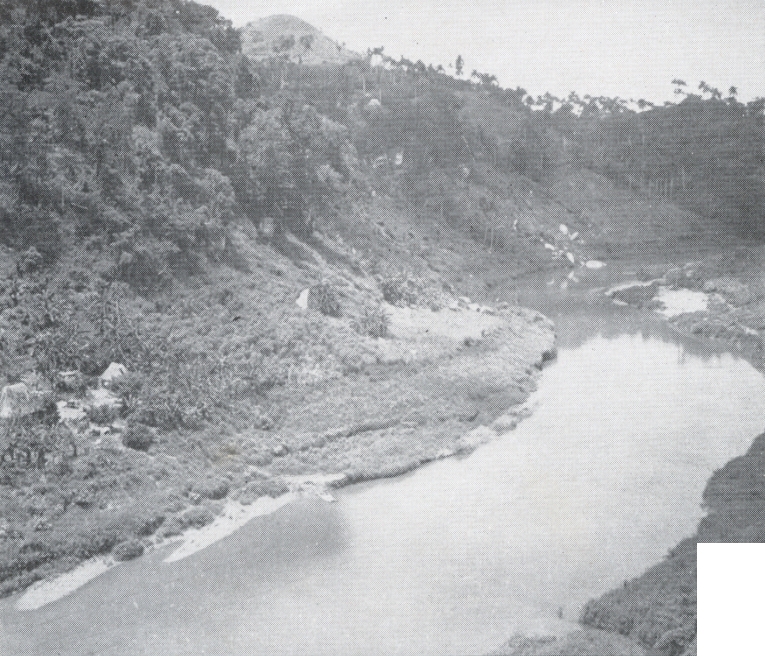
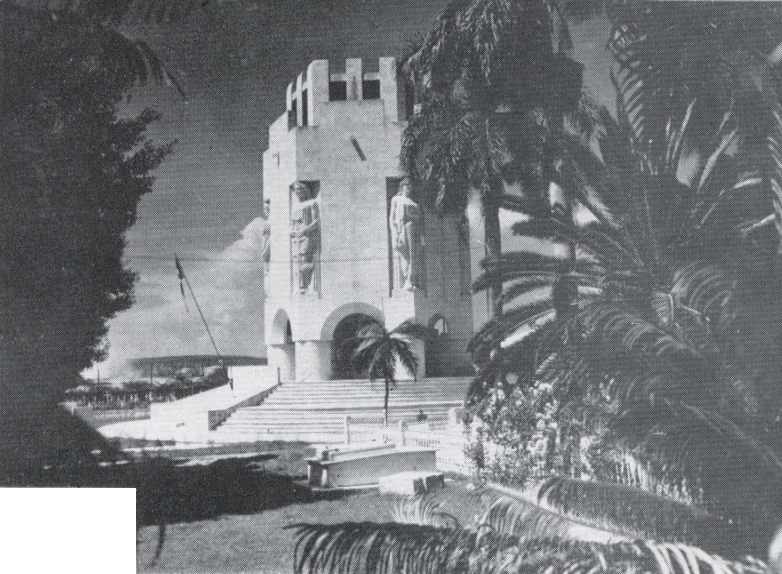
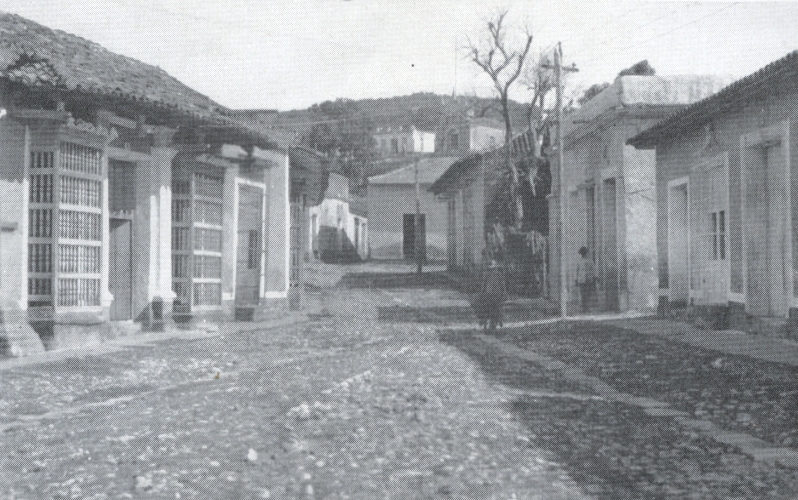
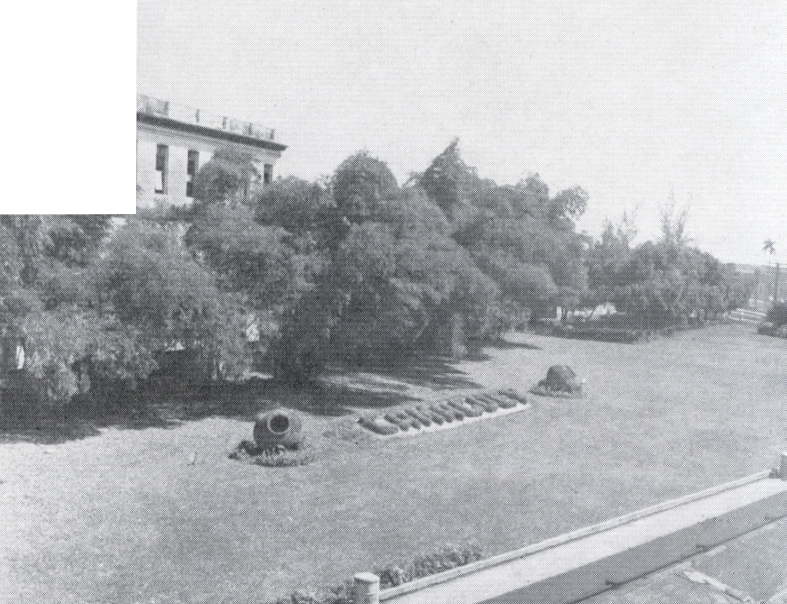

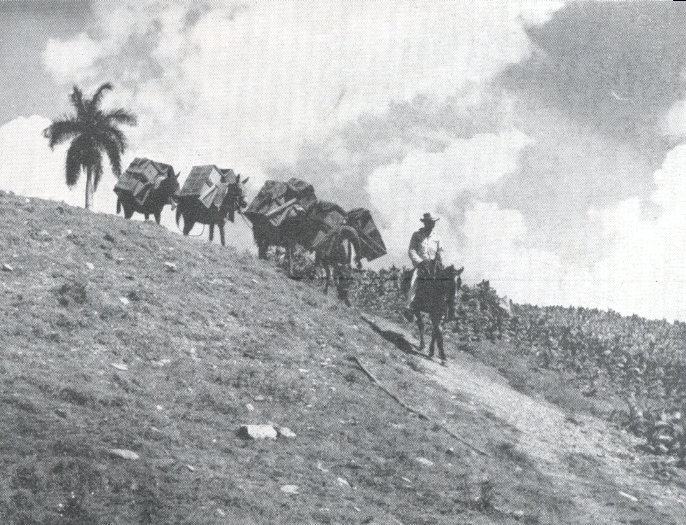
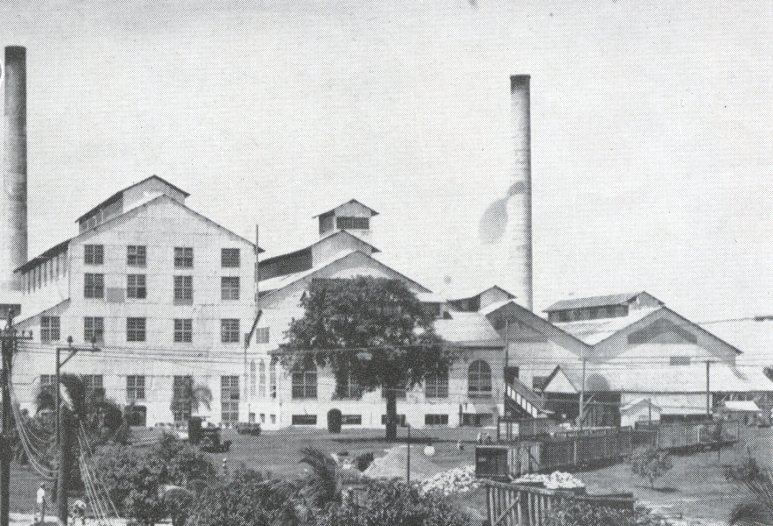
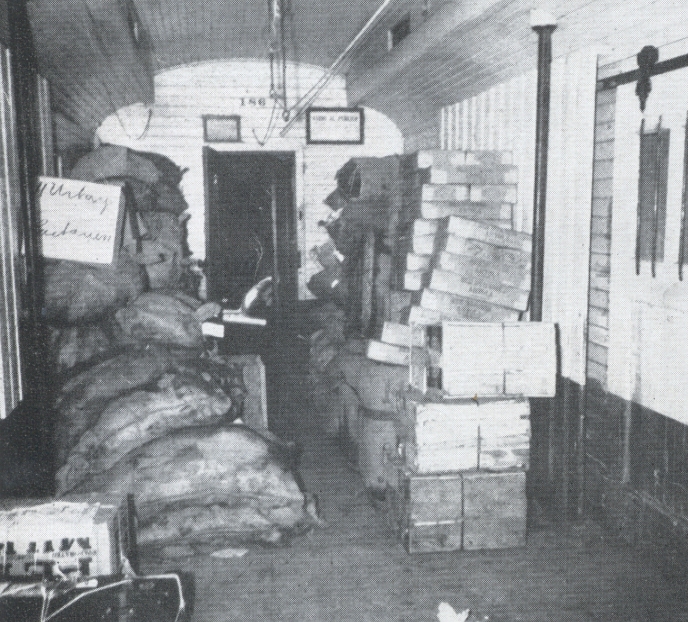
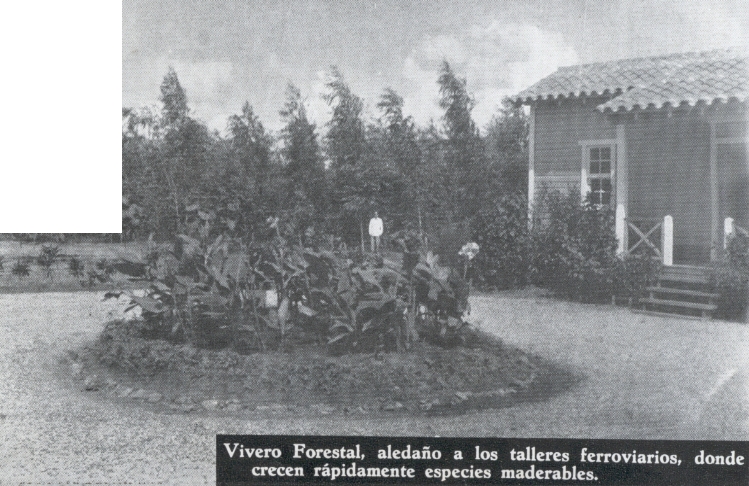

|

|

|
| <<Previous Home | To see images full-size, click on the image | Next>> |
